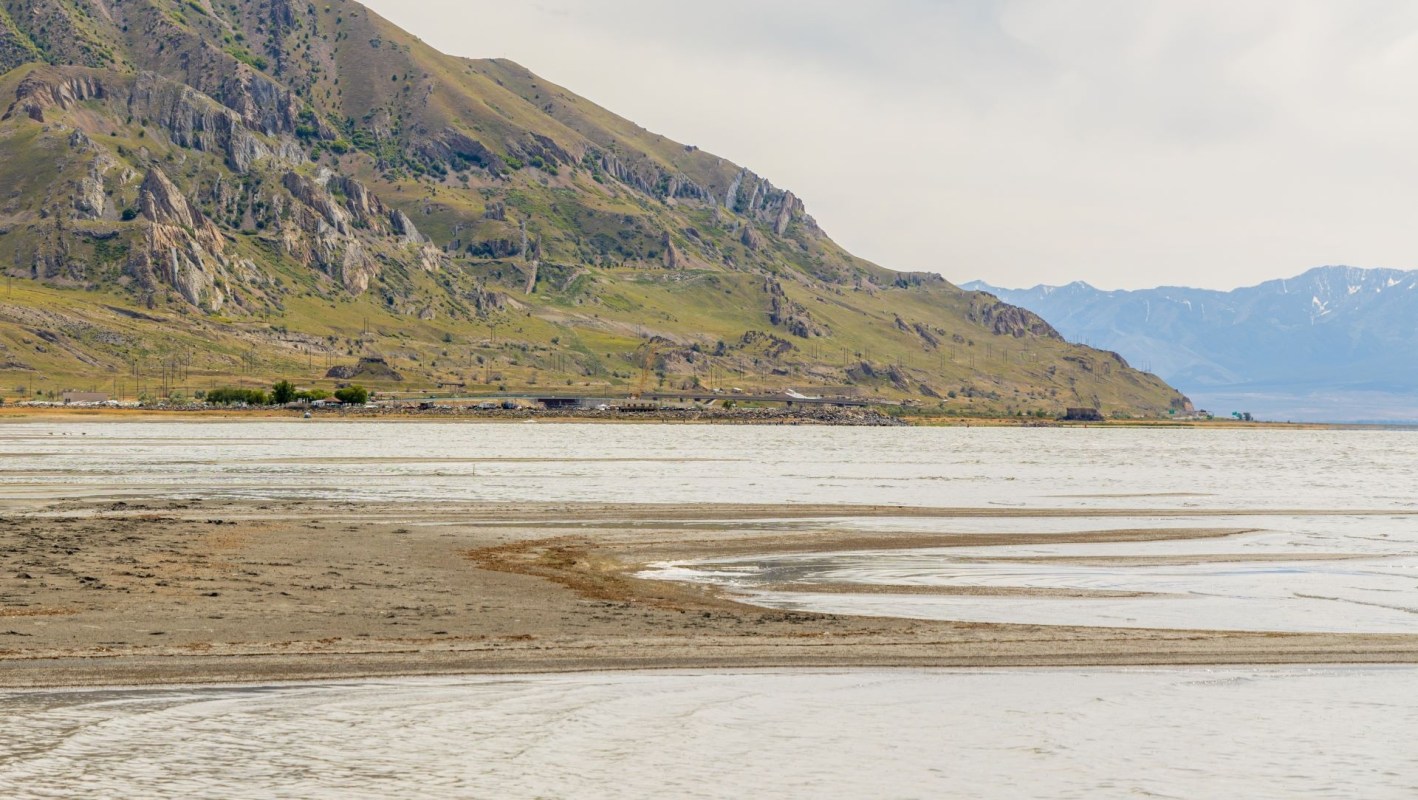Years of drought and overuse have severely lowered the water level of the Great Salt Lake in Utah, but this year's heavy snowfall may help it start to recover, The Washington Post reports.
Earlier this year, the future looked bleak for the lake. The Post reports that at its record low point in November, the lake held less than 30% of the water it held in 1850. Experts, including Brigham Young University ecology professor Ben Abbott, predicted that the lake could dry up completely in the next five years.
Now, the picture looks a little more hopeful. According to the Post, Utah received record-breaking snowfalls this winter, raising the water level by about 3 feet. "This year's snowpack is nothing short of miraculous. After so many years of drought, this definitely feels like an answer to prayers," Abbott told the Post in an email.
The Great Salt Lake has a huge impact on Utah's economy and environment, as the Post explains. When Abbott reported on the status of the lake, he predicted "declines in agriculture, industry, and overall quality of life," as well as devastating air and water pollution unless the state took steps to conserve water. These issues are because of the way the lake gets filled.
Since the Great Salt Lake is a low-lying lake with no streams running out of it, all the rain and melting snow from surrounding areas run into it. As they do, they carry dissolved minerals into the water, which is why it's so salty. When it dries out, it leaves behind fine, toxic dust that can travel in the wind. This dust is already damaging air quality in the region — and the problem could get much worse if the lake dries out.
According to Abbott's email to the Post, the lake still hasn't recovered fully. Utah's Division of Water Resources estimates that this year's snowfall could raise the level of the lake by 3 or 4 feet, but Abbott says it needs to rise at least 6 feet more than it has for safety.
"Impressive winter precipitation and record-breaking snowpack have undoubtedly improved the situation of Great Salt Lake," Candice Hasenyager of the Utah Division of Water Resources told the Post in an email. "However, it's important to note that it will take much more than one above-average winter to fully replenish the lake's water levels and address our long-term challenges."
Join our free newsletter for cool news and cool tips that make it easy to help yourself while helping the planet.









